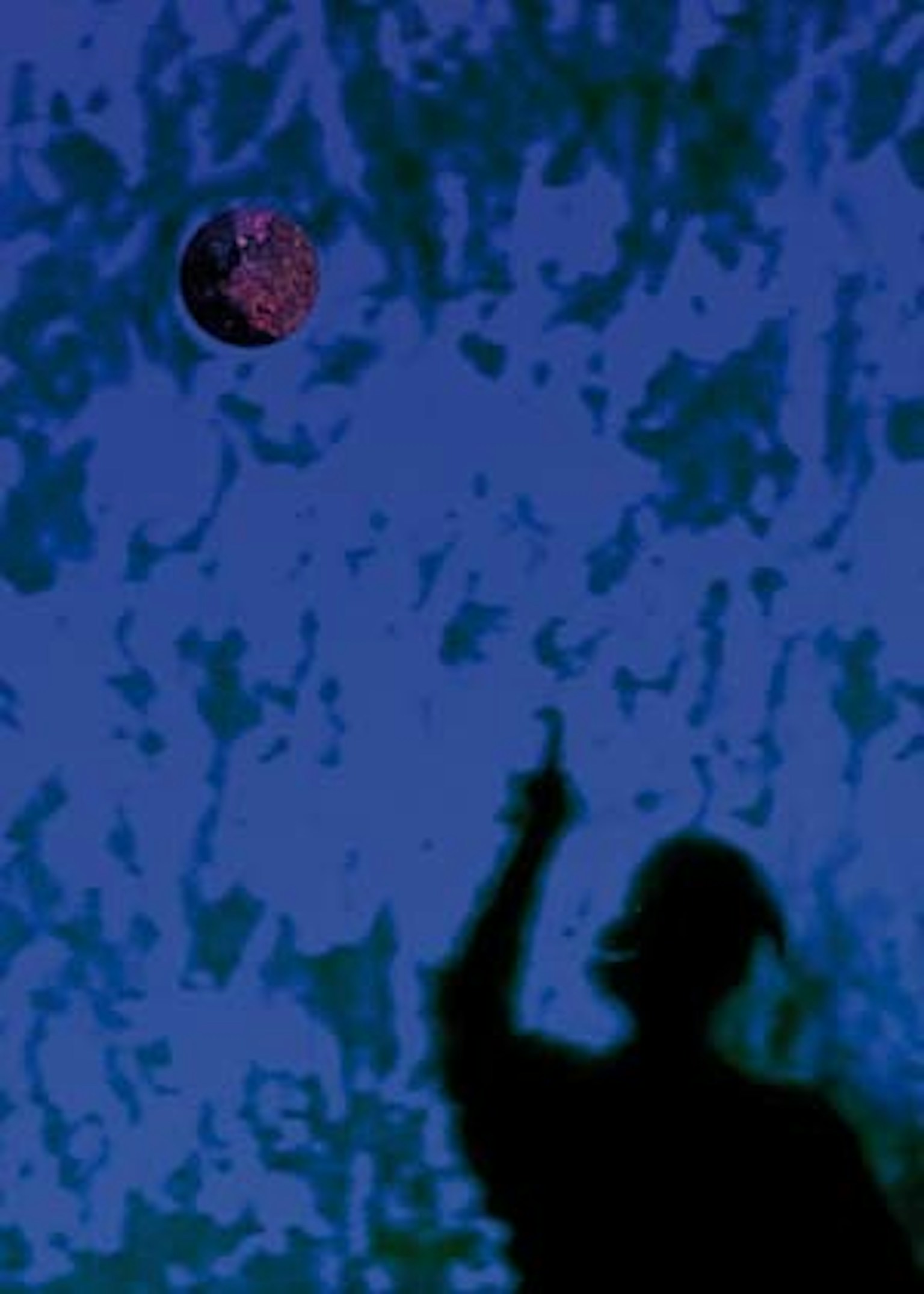La Bestia & Meteoriti
22.Aug.09

The Italian artist of Iranian origin Bizhan Bassiri (Tehran, 1954) will be installing two sculptures in two important cultural locations in Ghent, St Bavo’s Cathedral and the SMAK, where they will remain from 25th April to 23rd August.
In his magmatic sculptures, Bassiri tries to examine the chaotic nature of matter, and in so doing often links influences from classical mythology to other art forms such as poetry, literature, music and theatre, and sometimes even to science. These sculptures, which Bassiri describes as ‘Magmatic Thinking’, are always positioned so that they relate closely to the surrounding architecture. In 2004 Bassiri made the colossal-looking but highly concentrated steel sculpture La Bestia (The Beast), a monumental, almost abstract form reminiscent of a wounded animal, standing on a pedestal and bathing in a pool of red engine oil, which refers both to blood and the deepest primal forces of the earth from which this substance originates. It is not at all coincidental that La Bestia was installed in the room adjoining the Villa Chapel in St Bavo’s Cathedral in Ghent, where the famous Mystic Lamb by the Van Eyck brothers is on display.
One of the basic principles of Bassiri’s work is the ‘qualitative transformation’ of emotionally-charged material. However, in most cases the materials he works with have mythological-animistic connotations which put the earth’s primal forces at the heart of man’s devotional practices. Yet, installed in this particular context, La Bestia can also be seen as a contemporary interpretation of the Mystic Lamb, the bleeding creature worshipped in this example of Christian iconography. However, the fact that La Bestia springs from a more secular formal idiom with animistic and mythological traits can be seen as an interesting counterpoint to the visual idiom of the Christian Mystic Lamb, which is just a few steps away. Another sculpture by Bassiri, Meteoriti, has been installed on the lawn to the left of the SMAK, and this work depicts a monumental meteorite that has just crashed to earth. Bassiri also bases this work on his ‘Magmatic Thinking’, and intends to qualitatively transform emotionally-charged materials. However, the connotations attached to this sculpture are somewhat different to those of La Bestia. In Meteoriti, Bassiri seems to aim for a rather more scientifically-tinged visual idiom, which he uses in a critique of the artistic apparatus of the museum, or at least to take a humorously ironic look at it. After all, a meteorite also incorporates references to the primary forces of nature, though by siting the point of impact immediately adjacent to the museum, it is no longer a case of mythological iconography, but rather of a subtle but ‘intentional’ attack by this same primary force on the institution of the museum, which continues to play a defining role with regard to what art and culture can (or should?) be.














